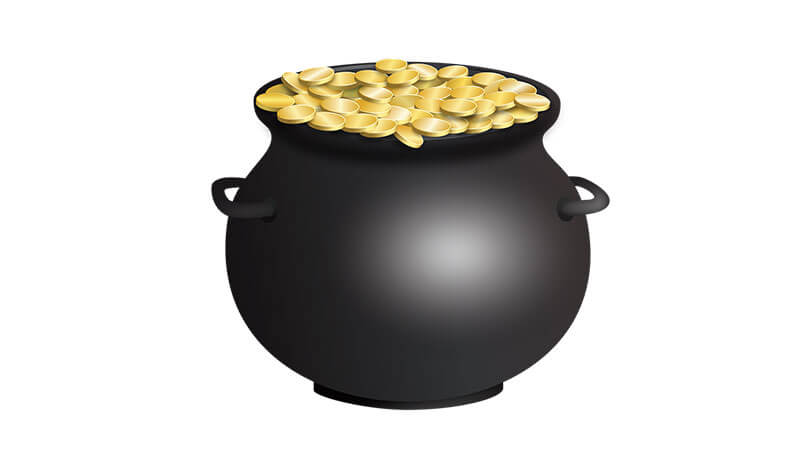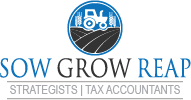
Every thought about how small businesses are valued?
Have you ever noticed how valuations of a business owned by a company listed on the stock exchange, are much higher? Have you wondered why?
In this article I will show you the primary methods used to value businesses and reveal the disparity between valuation of listed and non listed companies.
I will then let you in on the secrets of how to use that knowledge to sell your small business for a big profit.
A business’ value is the paid price, negotiated between a willing seller and a willing buyer.
There are a myriad of methods and an industry built around business valuations, but the most common three methods for small business are:
- Asset Valuation – useful if business have valuable assets (relatively easy to value) and poor profit history.
- Market Comparison – this works where there are lots of similar businesses being sold e.g. Cafes. Works A bit like the residential property market.
- Maintainable / Future Earnings Multiple – for business with a profitable track record
Methods 1 & 2 are relatively straightforward and self-explanatory. Method 3 is where there money is!
Maintainable / Future Earnings Multiple Valuation Method
To calculate a value using this method, we need to workout 2 variables:
- The Maintainable/ Future Earnings
- What multiple of earnings a buyer may be willing to pay, to get access to those earnings
How To Calculate Maintainable / Future Earnings
- Take the historical profits for up to 3 years, detailing all income and expense used to derive the figure.
- Remove (add back or deduct) income/expenses for any one-off, non recurring items or activity not related to the sale of the business
- Adjust wages and salaries to reflect market rates to employ a person for all positions on the roster i.e. Remove the subsidised or excessive compensation being provided to or by the owners of the business.
- Review and if appropriate, repeat for other listed expenses e.g. Number of motor vehicles required to operate the business
- Add back all financing, deprecation, amortisation, asset tax write offs and tax, if included
Yes, it may seem a little involved, but do this and you have a true indication of your business’ earning capacity.
How To Estimate a Multiple
Now, we need a multiple to estimate a value range.
Here, the approach is simple: the greater the certainty of the earnings being maintained into the future, the higher the multiple.
A multiple will be determined by a number of factors. There are too many to list here, but the following table will give you a feel for some of the major factors and their correlation to the multiple.
Multiples for small businesses generally range between 1 and 4.
So, if we calculate a business’ maintainable earnings at $100,000 and it’s multiple at 2.25-2.75, the business would be valued at $225,000 – $275,000.
The Pot Of Gold At The End Of The Rainbow
(or How To Work The System To Achieve A Super Profit)
It is possible to do significantly better if you are able to make your business attractive to a company listed on a stock exchange.
Listed companies are valued on a Price Earnings Ratio “P/E” (similar to our Maintainable Earning Multiple), typically of between 8 and 14 times their earnings. This depends on the sentiment and analysis of the stock market investors at the time.
What that means, is that a listed business with $100m in earnings and a P/E of 12, would be valued at $1.2b.
So what is a Small Business worth to a listed company?
Considerably more! Because of the P/E.
For Example:
The business above, with the $100k maintainable earnings will be valued by the stock market at $1.2m when acquired by a listed company. This is in dramatic contrast to the $225,000 – $275,000 for a sale to a non-listed entity.
As you can see, the listed company can afford to pay a multiple of 6, 8 or even 10-time earnings and still be better off in terms of its Share Price / Market Capitalization or Market Valuation after the purchase.
Here comes the big question…
How do you attract the big end of town?
- Be a “thorn in their side”
Example: Successfully price cut through the use of technology and efficiencies or Disrupt a market e.g. VoiP and Telcos, Google and Yellow Pages, Tesla and General Motors, email and postal services, websites and printers. - Establish businesses that meets their acquisition criteria
Example: Woolworths up until the GFC and Coles (Wesfarmers) were looking for independently run pubs and taverns with poker machine licences, on large blocks suitable for use as Liquor Barn style sites and were paying high multiples. - Run an efficient, best practice business in a specialised field
Example: A well-run and profitable Debtors Factoring business or a Payment by Instalments business, or a Payment Gateway business would be very attractive to a bank or regional bank as an add on service. - Innovation: Develop and patent something the big guys want
- Use your imagination: don’t limit your options
Ultimately, there are lots of ways to value a business but as you can see, the biggest profits are made when you can arbitrage the disparity between listed and unlisted buyer prices.
You don’t need to be the smartest person in the room, but you do need to be the most tenacious and keep your eye on prize – markets move!
Being in business is a lot of work, so choose carefully where you want to spend your time and work towards you end game. The choice is yours and the pickings are there for the offering.
This is not fantasy. I have been involved with, or seen all of the above in action, throughout my working life.
Isn’t this your turn? If you have a business idea, come and test it on me.

